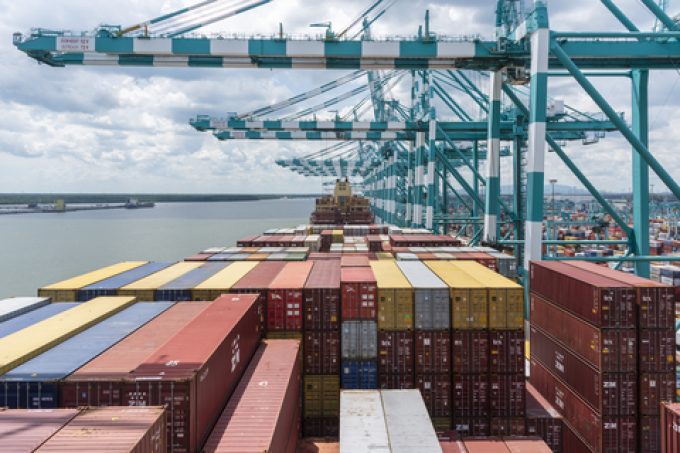Cosco profits surge, but headwinds from the US may slow pace of growth
Cosco’s box shipping division recorded surging revenues and profits last year, on the back of ...

The combination of challenges posed by the Red Sea crisis and an early peak season, particularly on the Asia-Europe trades, has changed the nature of competition for transhipment traffic among South-east Asian ports.
Traditionally, the battle for transhipment cargo in the region, a vital transit point in Asia-North Europe and Asia-Mediterranean trades, has traditionally been a three-way battle between Singapore, Port Klang and Tanjung Pelepas.
At times it has been fiercely competitive and had implications beyond container supply chains – the decision ...
Transpacific sees first major MSC blanks as rates fall and volumes falter
'It’s healthy competition' Maersk tells forwarders bidding for same business
Shippers snap up airfreight capacity to US ahead of tariff deadline
White House confirms automotive tariffs – 'a disaster for the industry'
New price hikes may slow ocean spot rate slide – but for how long?
Volcanic disruption at Anchorage could hit transpacific airfreight operations
Tighter EU import requirements proving 'a challenge' for forwarders

Comment on this article